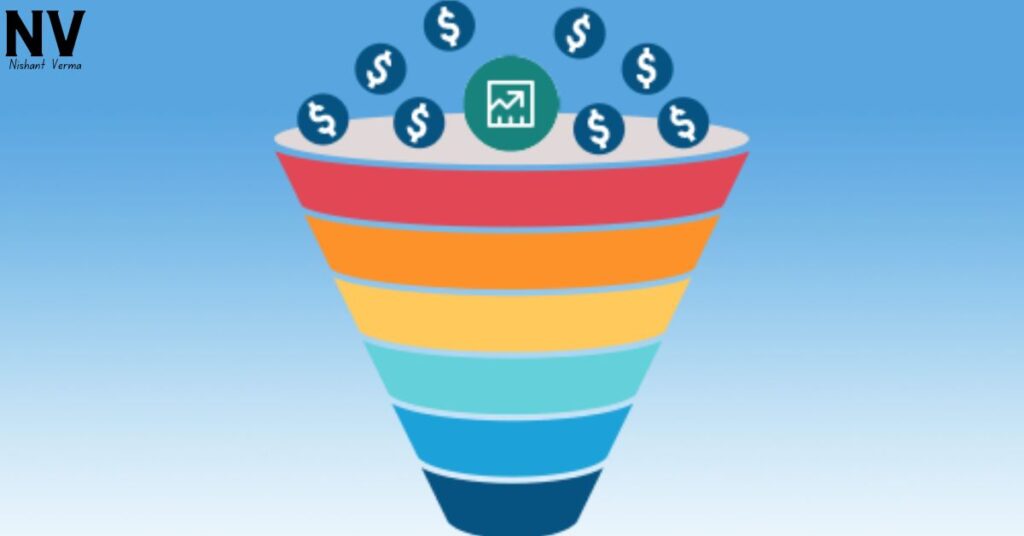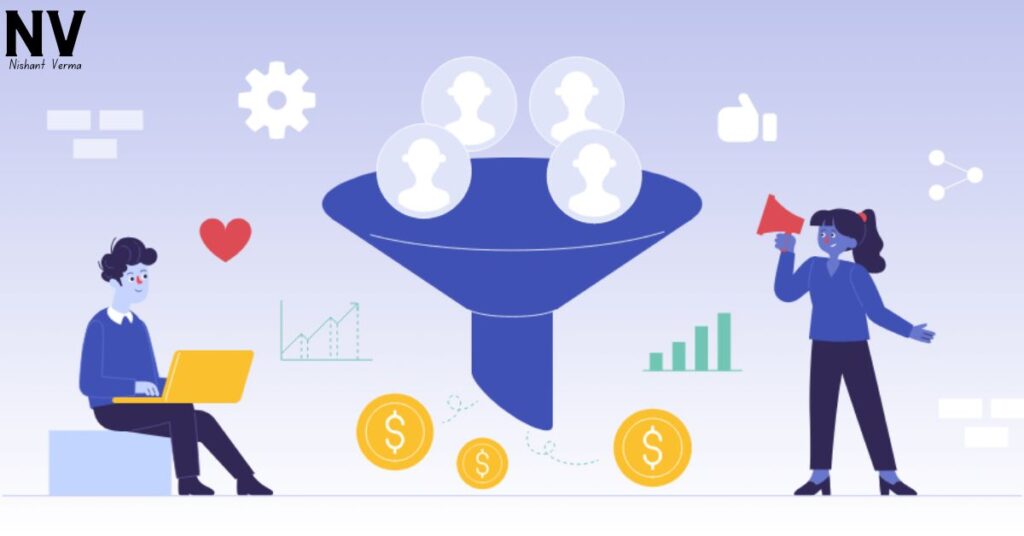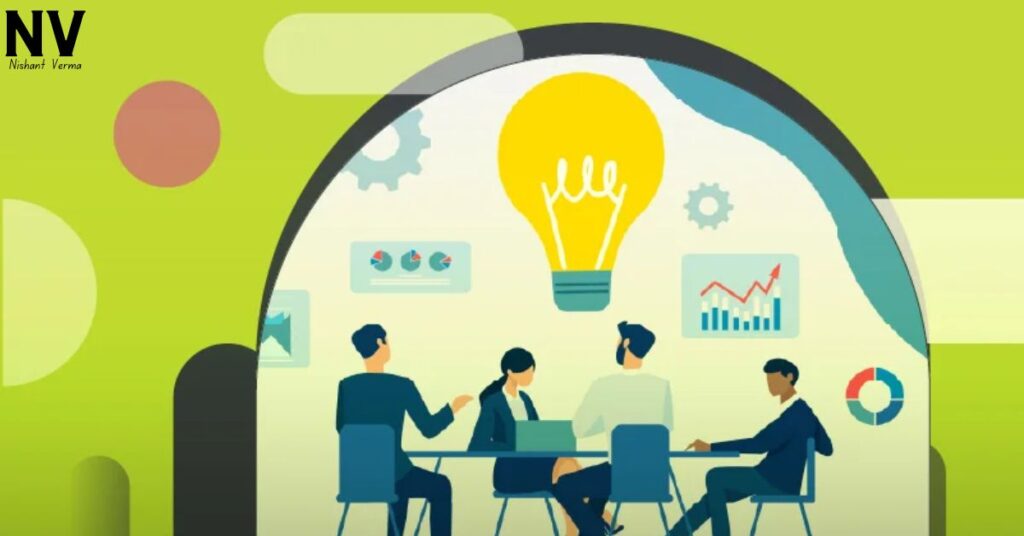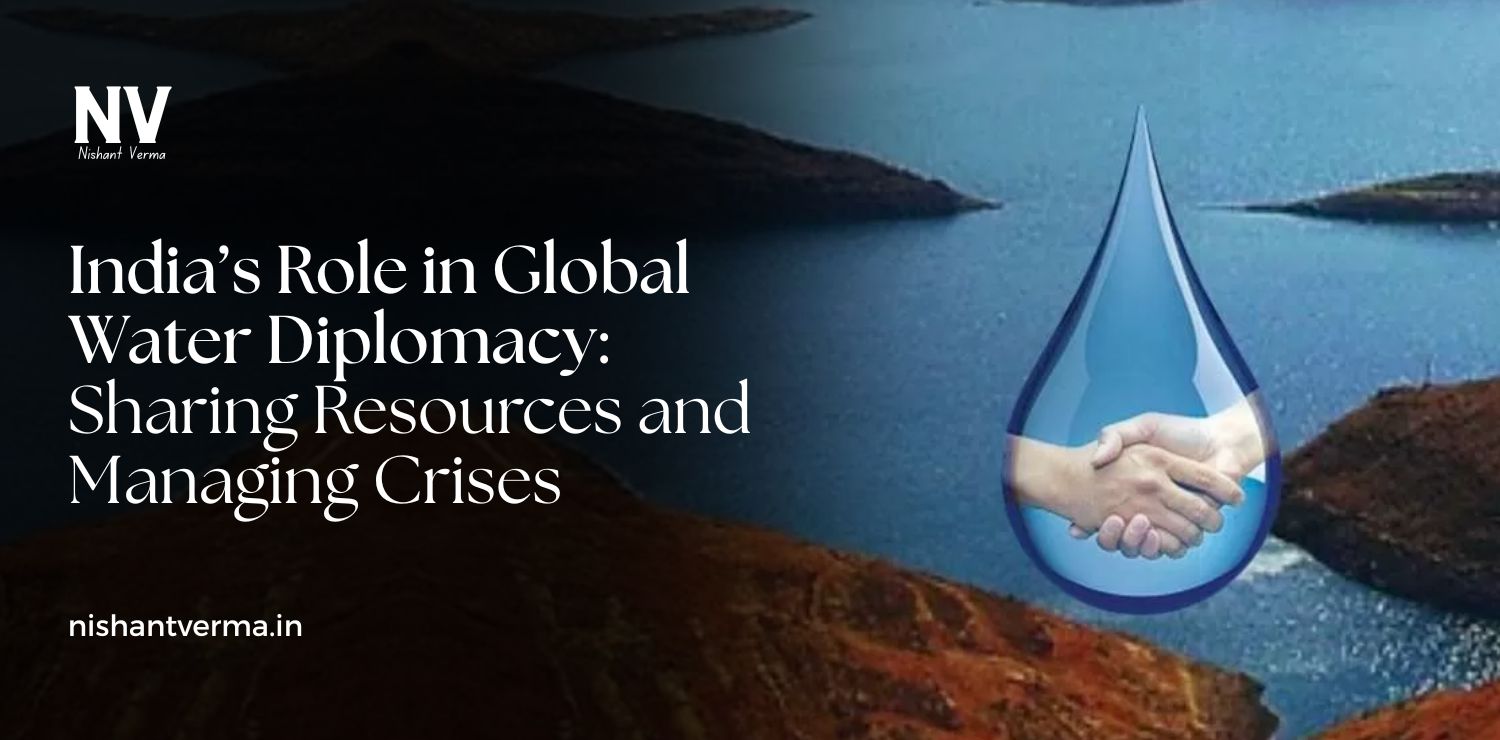In the sales world, success is not just about selling a product; it’s about guiding potential customers through a journey that turns curiosity into commitment. This journey is a powerful sales funnel tool that helps businesses understand and optimize converting leads into loyal customers. In this article, we’ll explore the ins and outs of creating an effective sales funnel in simple language, offering practical insights to empower businesses of all sizes.

Section 1: Understanding the effective sales funnel
1.1 What is a Sales Funnel?
A sales funnel visually represents the customer journey, from the initial awareness stage to making a purchase decision. Imagine a funnel: wide at the top and narrow at the bottom. It symbolizes the gradual narrowing down of potential customers as they move through different stages of the buying process.
1.2 The Stages of a Sales Funnel:
- Awareness: This is the top of the effective sales funnel where potential customers become aware of your brand, product, or service.
- Interest: In this stage, prospects express interest and seek more information.
- Consideration: Prospects actively consider your product or service and compare it with alternatives.
- Intent: At this stage, the prospect intends to make a purchase but may still evaluate options.
- Purchase: The final stage where the prospect becomes a customer by purchasing.
Section 2: Building a Solid Foundation
2.1 Identifying Your Target Audience:
Before creating a sales funnel, knowing who you’re targeting is crucial. Clearly define your ideal customer, understanding their needs, preferences, and pain points. This foundational knowledge will guide your effective sales funnel strategy.
2.2 Crafting Compelling Value Propositions:
Communicate the value your product or service provides. What sets you apart from competitors? How can you solve your customers’ problems? Craft compelling messages that resonate with your target audience.
Section 3: Top of the Funnel – Creating Awareness
3.1 Content Marketing for Awareness:
In the awareness stage, use content marketing to grab attention. Blogs, social media posts, and videos are powerful tools. Share valuable information that addresses your audience’s interests and challenges, positioning your brand as an authority.
3.2 Social Media Engagement:
Leverage social media platforms to increase brand visibility. Engage with your audience, respond to comments, and share content that sparks conversations. Social media is a gateway to building relationships and driving awareness.
3.3 Paid Advertising:
Consider paid advertising to boost visibility. Platforms like Google Ads or social media ads allow you to target specific demographics. Craft compelling ad copy and visuals that entice potential customers to explore further.
Section 4: Middle of the effective sales funnel- Fostering Interest and Consideration
4.1 Capturing Leads with Lead Magnets:
Offer valuable content in exchange for contact information. This could be an ebook, webinar, or free trial. These lead magnets help you build a list of interested prospects for further nurturing.
4.2 Email Marketing Campaigns:
Create targeted email campaigns to nurture leads. Send informative content, exclusive offers, and personalized messages. Email marketing keeps your brand in the minds of potential customers as they move through the consideration stage.
4.3 Webinars and Educational Content:
Host webinars or create educational content deeper into your product or service. These platforms allow you to showcase expertise, answer questions, and build trust with your audience.
Section 5: Bottom of the Funnel – Sealing the Deal
5.1 Personalized Sales Funnels:
Tailor your effective sales funnel to meet the unique needs of your business. Consider the specific buyer’s journey your audience goes through and customize the funnel stages accordingly.
5.2 Providing Social Proof:
Highlight customer testimonials, reviews, or case studies. Social proof instils confidence in potential customers, showing them that others have had positive experiences with your product or service.
5.3 Limited-Time Offers and Discounts:
Create a sense of urgency with limited-time offers or discounts. This encourages potential customers to decide, knowing the special deal won’t last forever.

Section 6: Implementing Sales Funnel Technology
6.1 Customer Relationship Management (CRM) Systems:
Invest in a CRM system to manage customer interactions and data throughout the funnel. CRM systems help you track leads, understand their behaviours, and tailor your approach accordingly.
6.2 Marketing Automation Tools:
Utilize marketing automation tools to streamline repetitive tasks. These tools can automate email campaigns, lead scoring, and other aspects of your effective sales funnel technology, saving time and ensuring consistent communication.
Section 7: Testing and Optimization
7.1 A/B Testing:
Regularly conduct A/B testing on various elements of your funnel, such as email subject lines, ad copy, or landing page designs. Analyze the results and implement changes based on what resonates best with your audience.
7.2 Analyzing Funnel Metrics:
Monitor key metrics like conversion rates, click-through rates, and customer acquisition costs. Analyzing these metrics helps you identify areas of improvement and optimize your funnel for better results.
Section 8: Personalization for Enhanced Customer Experience
8.1 Segmenting Your Audience:
Divide your audience into segments based on demographics, behaviors, or preferences. This allows for more personalized and targeted communication throughout the effective sales funnel.
8.2 Personalized Content:
Tailor your content to the needs and interests of specific segments. Personalized content, such as product recommendations or exclusive offers, enhances the customer experience.

Section 9: Aligning Sales and Marketing Teams
9.1 Collaborative Approach:
Ensure alignment between your sales and marketing teams. A collaborative approach ensures that both teams work towards the common goal of guiding leads through the funnel.
9.2 Regular Communication:
Facilitate regular communication between sales and marketing teams. Share insights, feedback, and updates to foster a cohesive strategy that adapts to evolving market dynamics.
Section 10: Case Studies and Success Stories
10.1 Showcasing Successful Sales Funnels:
Highlight case studies that illustrate the success of your sales funnel. Discuss the challenges faced, strategies implemented, and the positive outcomes achieved. Real-life examples resonate with businesses seeking inspiration.
10.2 Learning from Challenges:
Acknowledge and share instances where your effective sales funnel faced challenges. Discuss how these challenges were addressed and turned into opportunities for improvement. Transparency about setbacks contributes to a culture of continuous learning.
Conclusion:
Creating an effective sales funnel involves understanding, engagement, and conversion. By aligning your strategies with the unique needs of your target audience, utilizing technology, and fostering collaboration within your organization, you can build a funnel that drives sales and nurtures lasting relationships with your customers. The key is continuously analyzing, adapting, and refining your approach to meet the ever-changing market landscape. With a well-crafted sales funnel, your business can navigate the complexities of the sales process and unlock a path to sustained success.




